Sushi, yum! In my house, Sushi Fridays are an actual thing. We love to order in and enjoy a quiet Friday night at home. The only thing that bothers me after that are the leftovers. What to do with them? Can you freeze sushi to enjoy it later without compromising its taste and quality?
We’ll delve into the topic of freezing sushi and provide you with valuable insights and practical tips to ensure you can preserve your sushi while maintaining its delectable characteristics. From addressing common misconceptions to exploring proper freezing techniques, we’ve got you covered.
So let’s dive in and discover the wonders of freezing sushi!
Is it Possible?
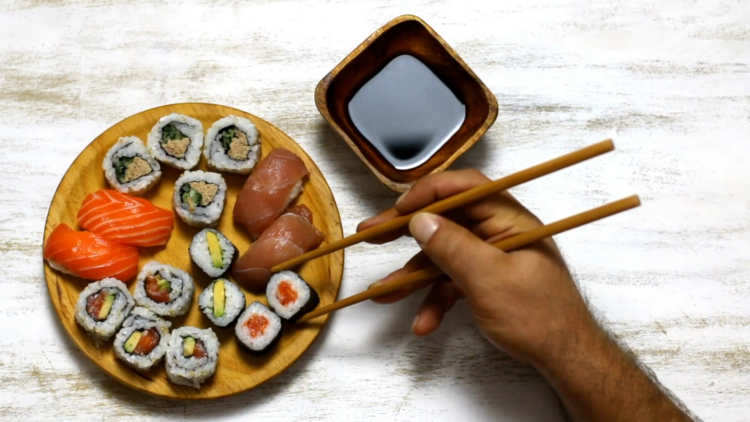
There’s a prevailing belief that sushi is unsuitable for freezing, primarily due to concerns about its raw fish components. While it’s true that it is best enjoyed fresh, the idea that freezing is entirely off-limits is a misconception.
Freezing sushi can be a viable option if done correctly and under certain circumstances. Let’s debunk the myth!
Explaining the feasibility of freezing
It’s essential to consider the elements that make up a sushi roll. Sushi consists of various components, including fish, rice, and vegetables, all of which have different properties when exposed to freezing temperatures.
By examining these components individually and taking specific precautions during the freezing process, we can ensure that sushi remains enjoyable even after being frozen.
Factors to Consider Before Freezing
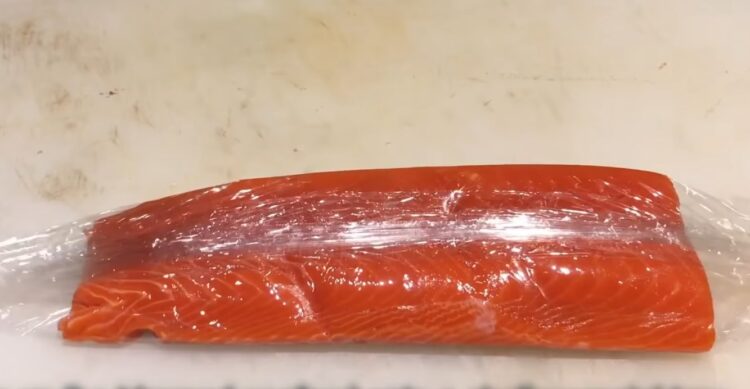
Types suitable for freezing
Not all types of sushi are suitable for freezing. Certain varieties, such as nigiri or sashimi, are best consumed fresh due to their delicate nature and raw fish components.
On the other hand, sushi rolls, such as maki and futomaki, are more amenable to freezing. Their combination of ingredients and structural integrity make them better candidates for freezing. When considering freezing sushi, it’s essential to focus on the types that will retain their quality and taste after thawing.
Quality and freshness
Before freezing, it’s crucial to assess the quality and freshness of the components.
High-quality, fresh ingredients are key to delicious sushi, and this remains true even when freezing. The one that has already been left out at room temperature for an extended period or has been sitting in the refrigerator for too long may not be suitable for freezing.
It’s important to freeze it as soon as possible after it’s prepared or purchased to ensure optimal taste and texture upon thawing.
How to Freeze It Correctly
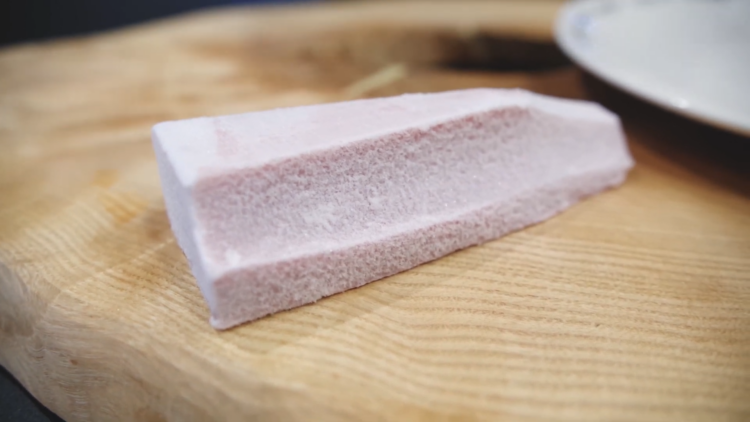
Freezing sushi requires careful attention to detail to preserve its flavor, texture, and overall quality. By following a few simple steps, you can ensure that it remains a delight to enjoy. Let’s walk through a step-by-step guide to freezing it correctly.
- Choose the right sushi rolls: Opt for the ones that are more structurally robust and can withstand freezing. Maki rolls or futomaki are excellent choices due to their ingredients being tightly packed and their ability to maintain their shape.
- Wrap the rolls securely: Wrap the rolls tightly in plastic wrap or aluminum foil. This will prevent freezer burn and protect them from absorbing odors from other freezer items.
- Place them in an airtight container: Once wrapped, place the rolls in an airtight container. This will provide an extra layer of protection against freezer burn and maintain their integrity.
Packaging and container options

When it comes to choosing the right packaging and containers, there are several options to consider. Here are a few recommendations to ensure the best results:
Plastic freezer bags: Use high-quality plastic freezer bags that are specifically designed to keep out air and moisture. Press out as much air as possible before sealing the bag to prevent freezer burn.
Vacuum-sealed bags: Vacuum-sealed bags are another excellent option. They remove excess air, reducing the risk of freezer burn and maintaining the sushi’s freshness.
Airtight containers: If you prefer using containers, opt for airtight ones made of plastic or glass. Ensure the container is the right size to avoid excess air space, which can lead to freezer burn.
The process of thawing
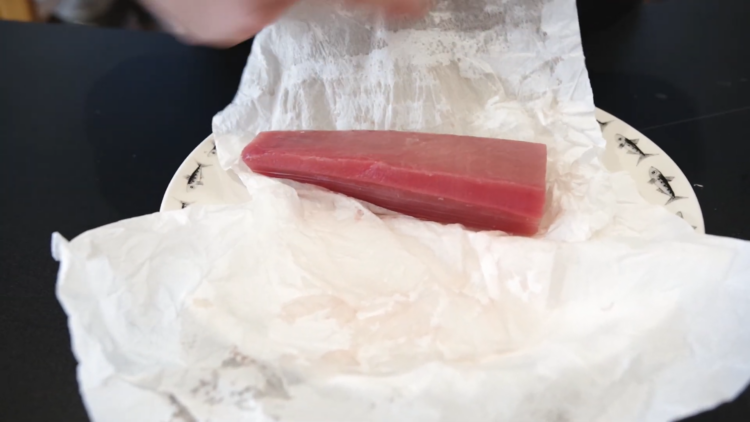
Thawing frozen sushi requires gentle and gradual methods to avoid compromising its texture and taste. Rapid thawing can lead to moisture loss, resulting in dry or soggy rolls. To ensure the best results, follow these proper techniques:
Refrigerator thawing: The recommended method for thawing sushi is to transfer the frozen rolls from the freezer to the refrigerator. Allow them to thaw slowly in the refrigerator for several hours or overnight. This gradual thawing process helps preserve their texture and taste.
Avoid room temperature thawing: It’s important to avoid thawing at room temperature, as this can promote bacterial growth and compromise food safety.
Once it has thawed in the refrigerator, it’s best to consume it promptly. This particular dish is meant to be enjoyed fresh, and while freezing can extend its shelf life, it’s still ideal to consume it within a reasonable timeframe to ensure the best flavor and quality.
Avoiding flavor and texture loss
Thawed sushi may experience some minor texture changes compared to its fresh counterpart. The rice might become slightly softer, and the ingredients may lose a bit of their crunch. However, you can minimize flavor and texture loss.
It’s also worth noting that the overall taste and enjoyment largely depend on the quality of the ingredients and the original preparation, so starting with fresh, high-quality components is essential.
Tips for preserving rice quality
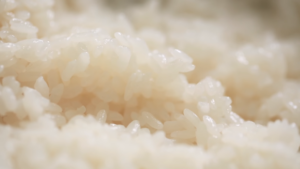
To preserve the texture and quality of rice when freezing, keep these tips in mind:
- Properly cook the rice: Ensure that the rice is cooked to perfection before using it in rolls. Properly cooked rice holds up better during the freezing and thawing process.
- Avoid overcooking the rice: Be mindful not to overcook the rice, as this can make it mushy and adversely affect its texture even after freezing.
- Allow rice to cool completely: Before using rice in rolls and freezing, make sure it cools down to room temperature. This prevents excessive moisture and condensation during the freezing process, which can negatively impact the rice’s texture.
Best Practices for Freezing Homemade Sushi
If you enjoy making homemade sushi, freezing can be a convenient way to preserve your creations for later enjoyment. To ensure that your homemade sushi retains its deliciousness after freezing, follow these best practices for preparation:
Choose appropriate fillings: When preparing rolls for freezing, choose fillings that can withstand freezing without compromising their texture and taste. Opt for ingredients that freeze well, such as cooked seafood, vegetables, or pickled items.
Avoid using raw fish: While raw fish is a common element in this delicious dish, it is generally not recommended to include raw fish in rolls that will be frozen. Freezing raw fish can affect its quality and potentially compromise food safety. Instead, consider using cooked or smoked seafood options for your frozen rolls.
Wrap the rolls individually: To maintain the integrity of each roll, wrap them individually in plastic wrap or aluminum foil before freezing. This will prevent them from sticking together and make it easier to thaw individual portions when needed.
Storing homemade rolls in the freezer
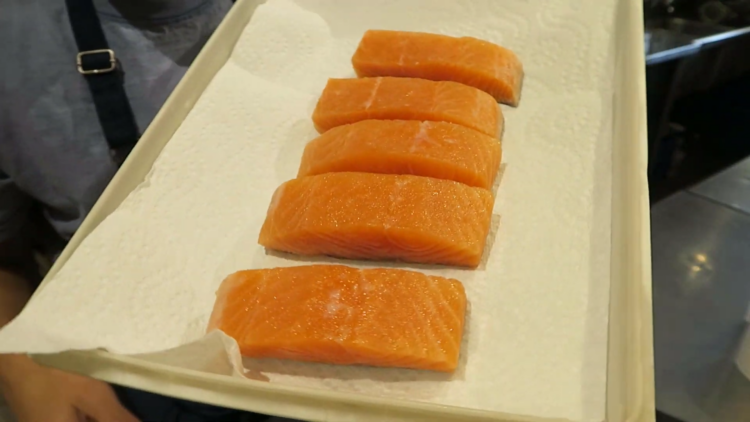
Before placing your wrapped rolls in the freezer, label and date each package. This will help you keep track of their freshness and ensure you consume them within a reasonable timeframe.
Consider using airtight freezer-safe containers or plastic freezer bags for storing your homemade rolls. These containers provide an extra layer of protection against freezer burn and maintain the quality of the rolls.
Safety Precautions and Foodborne Illness
When it comes to freezing and thawing food, it’s important to be aware of potential risks and take necessary precautions to ensure food safety. Sushi, particularly those containing raw fish, carries a higher risk of foodborne illness if not handled properly. To protect yourself and your loved ones, follow these safety precautions:
Choose safe and fresh ingredients: Select sushi-grade fish and other ingredients from reputable sources. Freshness is crucial, especially when freezing the rolls.
Practice proper hygiene: Always maintain proper hygiene. Wash your hands thoroughly before and after preparing the rolls. Additionally, ensure that all utensils, cutting boards, and surfaces are clean and sanitized.
Avoid refreezing: Once sushi has been thawed, it should not be refrozen. Refreezing can lead to the growth of harmful bacteria and increase the risk of foodborne illness.
Consume within a reasonable timeframe: While frozen sushi can be stored for a certain period, it’s important to consume it within a reasonable timeframe to ensure food safety and optimal taste.
Alternative Storage Options
While freezing an option for extending its shelf life, refrigeration is generally the preferred method for short-term storage. Unlike freezing, refrigeration helps maintain the freshness and quality of sushi without compromising its texture.
If you plan to consume it within a day or two, refrigeration is the way to go. Simply store it properly in the refrigerator to preserve its flavor and texture.
Short-term storage recommendations
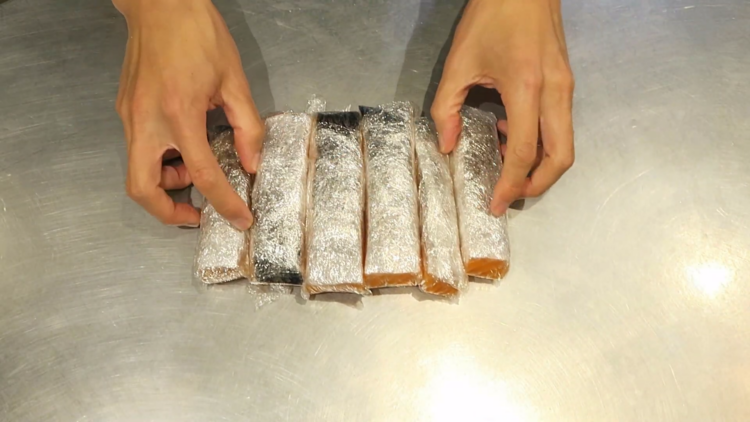
To ensure the best short-term storage results, keep the following recommendations in mind:
Store the rolls in an airtight container: Place your rolls or individual pieces in an airtight container to prevent them from drying out or absorbing odors from other refrigerated items.
Use a sushi mat or plastic wrap: To prevent the rolls from sticking together, separate each roll with a mat or wrap each piece individually with plastic wrap before storing in the refrigerator.
Consume within 24-48 hours: For optimal freshness, consume refrigerated sushi within a day or two to ensure the best taste and texture.
Freezing the Ingredients Separately
Another option to consider is to freeze individual sushi components separately. By freezing sushi ingredients separately, you have the freedom to mix and match them according to your preferences after thawing. I find this very useful as my kids don’t like all the vegetables me and my husband use and this way each of us can enjoy their unique rolls .
If you have raw fish or seafood that you intend to use, freeze it separately. Wrap each piece tightly in plastic wrap or place it in a freezer bag. Ensure that the packaging is airtight to prevent freezer burn.
Rice can be frozen separately, but it’s important to note that freezing can affect its texture. After cooking the rice, allow it to cool to room temperature, then portion it into individual servings. Place each portion in a freezer bag, removing as much air as possible before sealing.
Vegetables, pickled items, and other ingredients that are used can also be frozen individually. Prepare them as you would for immediate use, then store them in freezer bags or airtight containers.
FAQs:
Can I freeze sushi rolls with tempura or fried fillings?
Rolls with tempura or fried fillings may not freeze well, as the texture of the fried elements may become soggy when thawed.
Is it safe to freeze sushi that contains mayonnaise or cream cheese?
Rolls with mayonnaise or cream cheese can be safely frozen, but be aware that their texture may change slightly.
Can I freeze sushi that has been previously refrigerated?
It is generally not recommended to freeze the rolls that have already been refrigerated, as it may have been exposed to temperature fluctuations and potential bacterial growth.
How can I determine if frozen sushi has gone bad?
If it has an off smell, unusual texture, or shows signs of freezer burn, it may have gone bad and should not be consumed.
Can frozen sushi be consumed raw after thawing?
Raw fish in frozen rolls should not be consumed raw after thawing, as freezing may not kill all potential parasites.
Conclusion
In conclusion, freezing sushi can be a viable option for preserving its taste and quality, provided it’s done correctly and with careful consideration. Remember to choose suitable sushi types for freezing, prioritize its quality and freshness, and ensure proper packaging and container selection. Take note of the impact on the rice texture and employ tips for preserving rice quality.
Prioritize safety precautions to prevent foodborne illness and consider alternative storage options such as refrigeration or freezing sushi ingredients separately. With the knowledge and insights shared in this guide, you can confidently approach freezing sushi, making informed decisions that suit your needs and preferences. Whether it’s freezing leftover rolls from a restaurant or preserving your homemade creations, the art of sushi can be enjoyed beyond its initial serving.
So go ahead, embrace the world of frozen sushi, and relish in the flavors and joys it brings.






